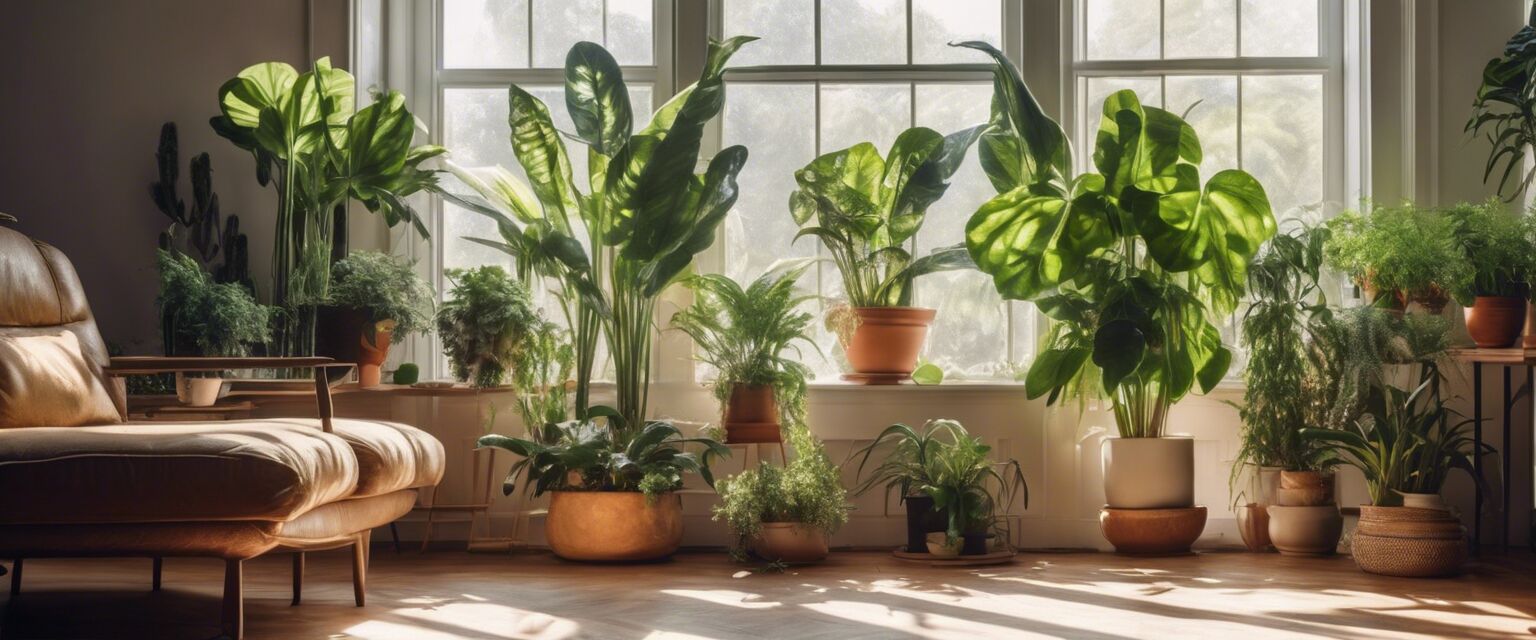
Indoor Plant Care Tips
Key Takeaways
- Water your houseplants based on their specific needs and environment.
- Use the right type of soil and pots for effective drainage.
- Provide adequate light conditions for healthy plant growth.
- Regularly prune and manage pests to maintain plant health.
Houseplants are a wonderful addition to any indoor space, providing not only aesthetic appeal but also a sense of tranquility. However, caring for them properly is essential to ensure they thrive. In this guide, we will delve into essential care tips to keep your indoor plants in tip-top shape.
Understanding Your Plant's Needs
Each plant species has unique requirements. Knowledge of these needs can guide you on the path to successfully growing your houseplants. Below are some general principles to consider:
Watering
Overwatering is one of the leading causes of houseplant demise. Here are some tips:
- Check the soil moisture before watering.
- Water deeply but less frequently to promote root growth.
- Ensure pots have drainage holes.
Light Conditions
Different plants require different light levels. Hereâs how to provide the best lighting:
| Plant Type | Light Requirements |
|---|---|
| Low-light plants | Indirect light or low light |
| Medium light plants | Bright, indirect light |
| High light plants | Direct sunlight |
Soil and Fertilization
Choosing the right soil is fundamental for healthy plants. Here are some tips on soil and fertilization:
- Use well-draining potting soil.
- Fertilize during the growing season (spring and summer).
- Adjust frequency based on plant health and type.
Pruning and Pest Management
Maintaining plant health also involves regular pruning and pest inspections. Follow these steps:
Pruning
Pruning encourages new growth and removes dead leaves:
- Use clean and sharp scissors or pruning shears.
- Trim dead or yellowing leaves to help the plant focus energy.
- Shape your plants to promote bushiness where desired.
Pest Management
Pests can harm your plants. Hereâs how to manage them:
- Inspect your plants regularly for signs of pests.
- Use insecticidal soap or neem oil as a natural pesticide.
- Isolate affected plants to prevent spreading.
Ideal Indoor Plant Species
Hereâs a table of some great houseplants and their care requirements:
| Plant Name | Light Requirement | Watering Needs |
|---|---|---|
| Snake Plant | Low to bright indirect light | Every 2-3 weeks |
| Spider Plant | Bright, indirect light | Once a week |
| Pothos | Low to bright indirect light | When the top inch of soil dries |
Conclusion
Taking care of indoor plants doesn't have to be daunting. With the right knowledge and techniques, anyone can cultivate a beautiful indoor garden. Be sure to check out our other articles about low-maintenance houseplants, air-purifying plants, and pet-friendly houseplants to find plants that fit your lifestyle.
Tips for Beginners
- Start with easy care plants like the pothos or snake plant.
- Don't be afraid to experiment with different placements.
- Keep a schedule for watering and feeding your plants.
Frequently Asked Questions (FAQs)
What is the best way to revive a dying plant?
Assessment of light, watering, and soil conditions is vital. Sometimes adjusting these factors can revive your houseplant.
How often should I repot my houseplants?
Most houseplants should be repotted every 1-2 years to refresh the soil and provide more space for root growth.
Can I use regular garden soil for indoor plants?
No, regular garden soil can compact inside pots and hinder drainage. Use a specially formulated potting mix for indoor plants.
Do indoor plants need fertilizer?
Yes, indoor plants benefit from regular fertilization during their growing season, but it's important not to over-fertilize.
Pros
- Indoor plants improve aesthetics.
- They can enhance air quality.
- They offer a calming presence.
Cons
- Some plants require specific conditions.
- They may attract pests if not cared for properly.
- Overwatering can damage plants.













